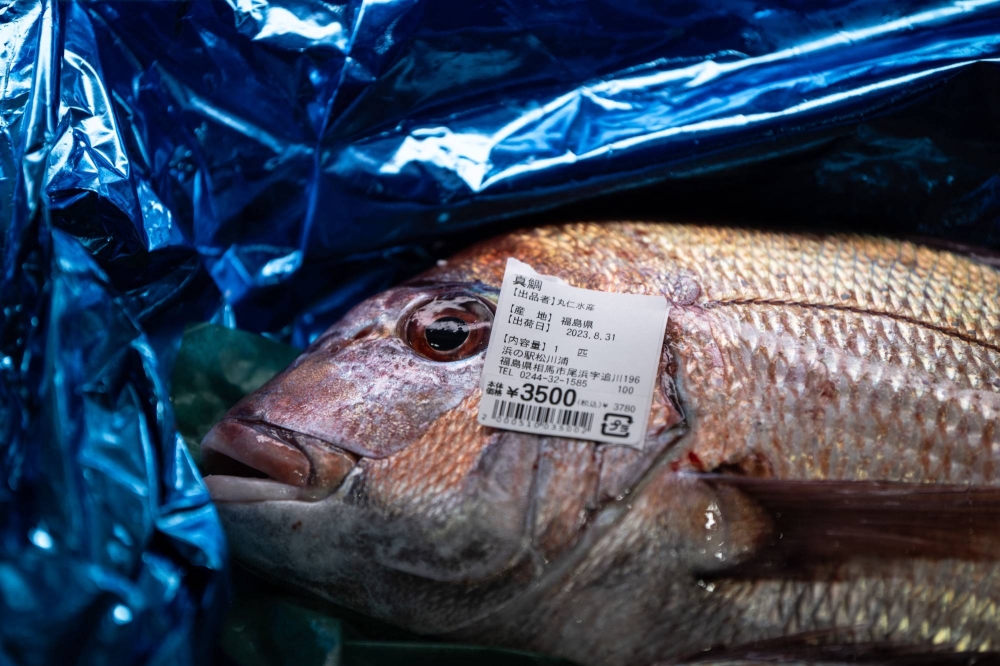No detectable amount of tritium has been found in fish samples taken from waters near the crippled Fukushima No. 1 nuclear plant, where the discharge of treated radioactive water into the sea began a month ago, the government said Monday.
Tritium was not detected in the latest sample of two olive flounders caught Sunday, the Fisheries Agency said on its website. The agency has provided almost daily updates since the start of the water release, in a bid to dispel harmful rumors both domestically and internationally about its environmental impact.
The results of the first collected samples were published Aug. 9, before the discharge of treated water from the complex commenced on Aug. 24. The water had been used to cool melted nuclear fuel at the plant but has undergone a treatment process that removes most radionuclides except tritium.



A banana naturally has has around 15 Bq of potassium 40. Assuming a volume of 100 mL, mashed bananas have around 400 Bq/L.
Currently, the treated water has around 250 Bq/L, around a fifth of mashed bananas. In other words, a banana smoothie could easily be more radioactive then the water as it was released.
The banana’s potassium 40 has a half life of more then a billion years, so it’s not going anywhere, unlike the tritium who’s amount will half every 11 years. Also, potassium is concentrated by many plants and animals, while tritium is not.